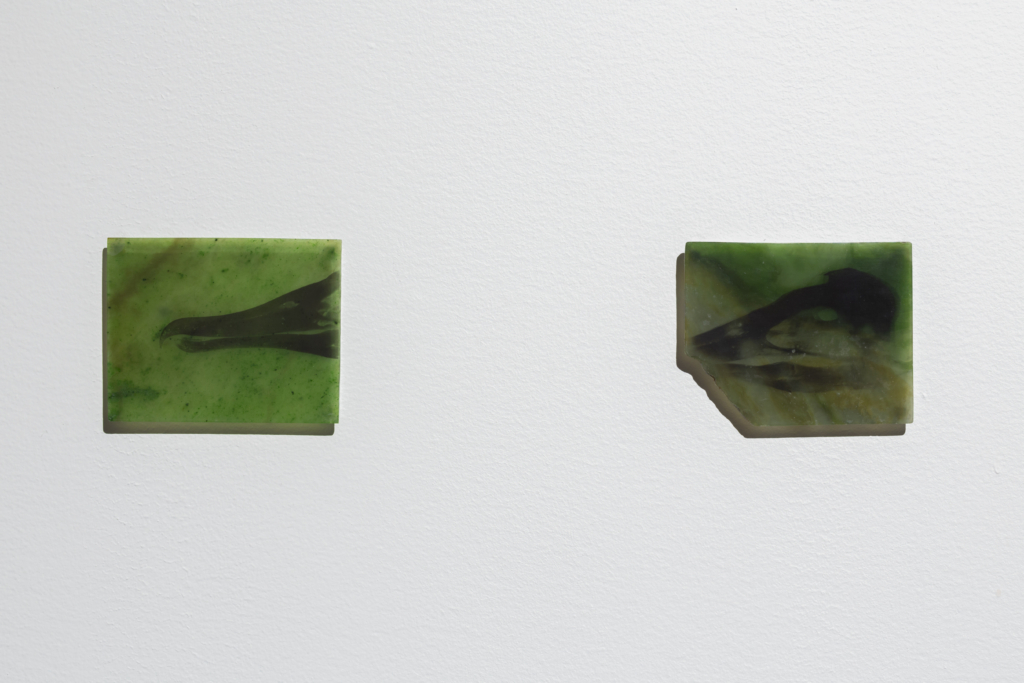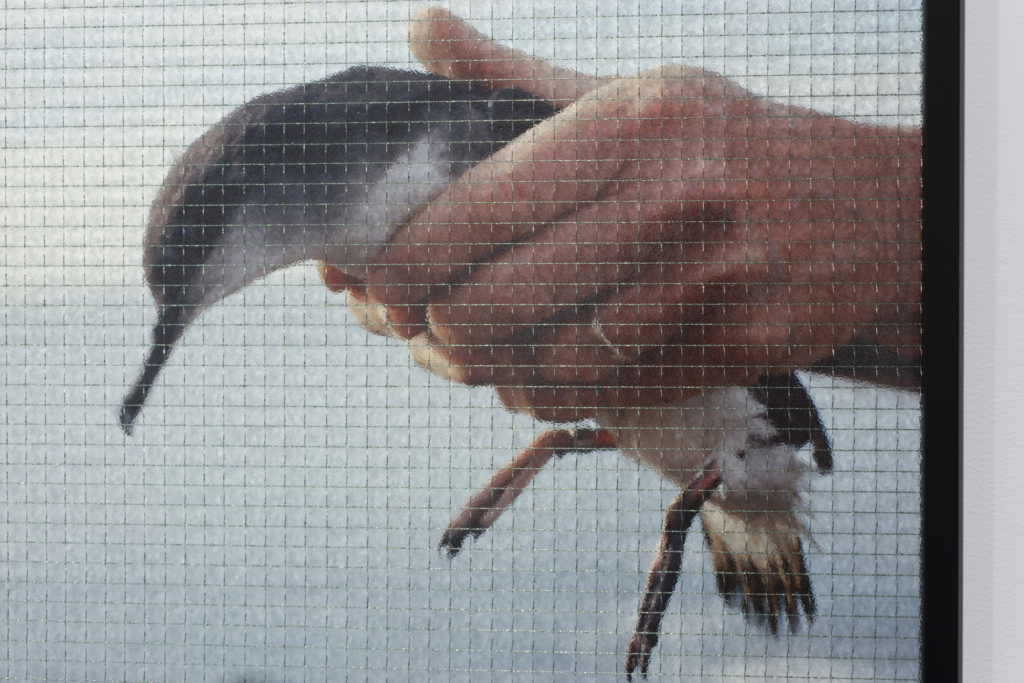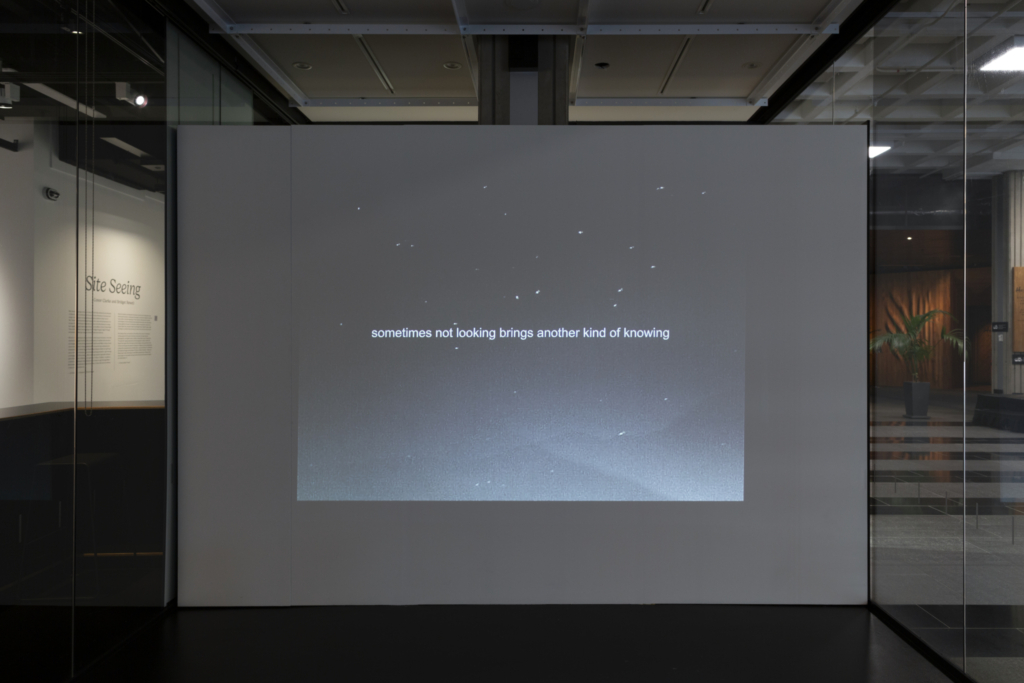Kirsty Baker is a curator/kaipupuri whakaaturanga for City Gallery Wellington Te Whare Toi

OPINION: I imagine that humans have been telling stories about birds for as long as we have been storytellers. The appearance and disappearance of vast numbers of birds has been used to mark seasons, to track environmental change and to provide rich metaphorical terrain. In Aotearoa many native bird species are read as tohu (signs), their appearance, or absence, signalling a rich diversity of meaning.
I wasn’t thinking about birds when I first began planning Site Seeing. This City Gallery Wellington exhibition, currently on show at the National Library gallery, brings together the work of photographers Conor Clarke (Ngāi Tahu, Welsh, Scottish) and Bridget Reweti (Ngāti Ranginui, Ngāi Te Rangi).
At first glance this is an exhibition that depicts the landscape of Aotearoa, as well as that of further afield. Dig a little deeper though, and it becomes clear that much of the work on display in Site Seeing seeks to dismantle the notion of landscape itself. Through the work of Clarke and Reweti, the exhibition considers the ways that photography mediates our relationships with place, interrogating historic modes of picturing the land and proposing richer, more entangled, modes of seeing. It is here, in these more entangled understandings of our connections to the world around us, where birds begin to come into view.

Reweti has pictured the endemic toroa (royal albatross) in a remarkable pair of photographic negatives. Measuring just four by five inches, the works through the fog it came and the silence of the sea (for Sarah) each consist of rectangular pounamu photographic plates. Exchanging conventional glass plate negatives for finely sliced shards of pounamu, an intrinsically Māori material, Reweti evokes the rich symbolism of the toroa.
By gesturing towards reference points as diverse as the tukutuku pattern roimata toroa (tears of the albatross) and Samuel Taylor Coleridge’s Rime of the Ancient Mariner, Reweti layers together these knowledge systems, highlighting the ways that the toroa has become a symbol dense with meaning.
Clarke too has pictured seabirds, in her case the Kaikoura tītī, endemic to the same region to which Clarke traces her Ngāi Tahu whakapapa (genealogy). Having become involved in conservation of the Kaikoura tītī, the only seabird to nest in an alpine environment, Clarke has increasingly brought these birds into her work.
Site Seeing includes two moving image works, Night Writing and Follow your nose which visually chart the flight paths of tītī. Leaving their chicks in their burrows, the tītī fly out to sea to feed, returning under darkness. In collaboration with Ted Howard, Clarke used thermal imaging technology to track their movement as they flooded the night skies overhead. The resulting images are at once abundant and meditative. It is difficult to look away from their nocturnal swoop and soar as their body heat traces its night writing across the sky.

Seabirds such as the tītī and the toroa have long held a particular fascination for humans. Spending their lives at sea, and coming to land only to breed, their migratory patterns and navigational abilities have long posed more questions than answers. Across cultures this gap in knowledge has been filled with stories, with poetry and with metaphor.
As a result, birds have become a nexus for a range of knowledge systems, science, mātauranga (knowledge), storytelling, symbolism and legend coexisting and overlapping. By offering expansive engagements with tītī and toroa, Clarke and Reweti encourage us to consider different ways of perceiving the world. What might the ghostly form of a toroa skull layered in pounamu, or the collective swoop of tītī flight patterns, tell us about the places we occupy in the world?
Site Seeing is on now at National Library of New Zealand, to August 2.
IMAGES
Bridget Reweti’s through the fog it came and the silence of the sea (for Sarah), 2023, pounamu plate negatives. Courtesy the artist. Photographer: Cheska Brown.
Conor Clarke’s Ka kite anō (detail), 2023, pigment ink on Hahnemühle Baryta paper. Courtesy the artist. Photographer: Cheska Brown.
Conor Clarke’s Night Writing (detail), 2024, HD single channel video, duration 23 mins 21 secs. Courtesy Ted Howard and the artist. Photographer Cheska Brown.
